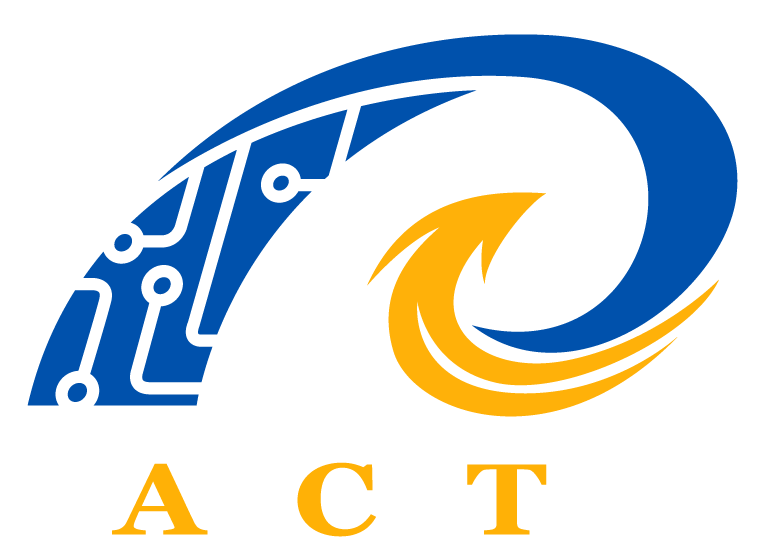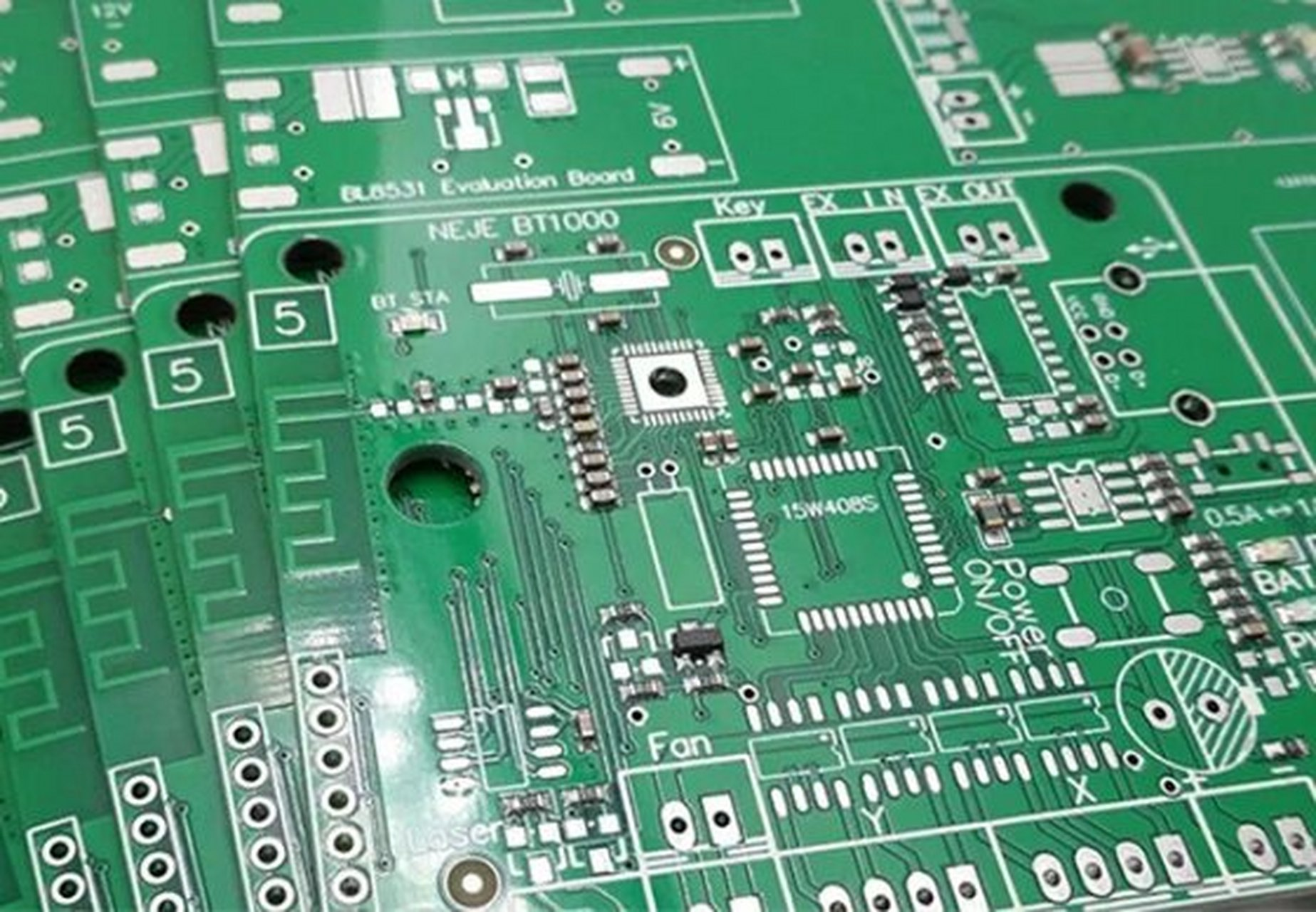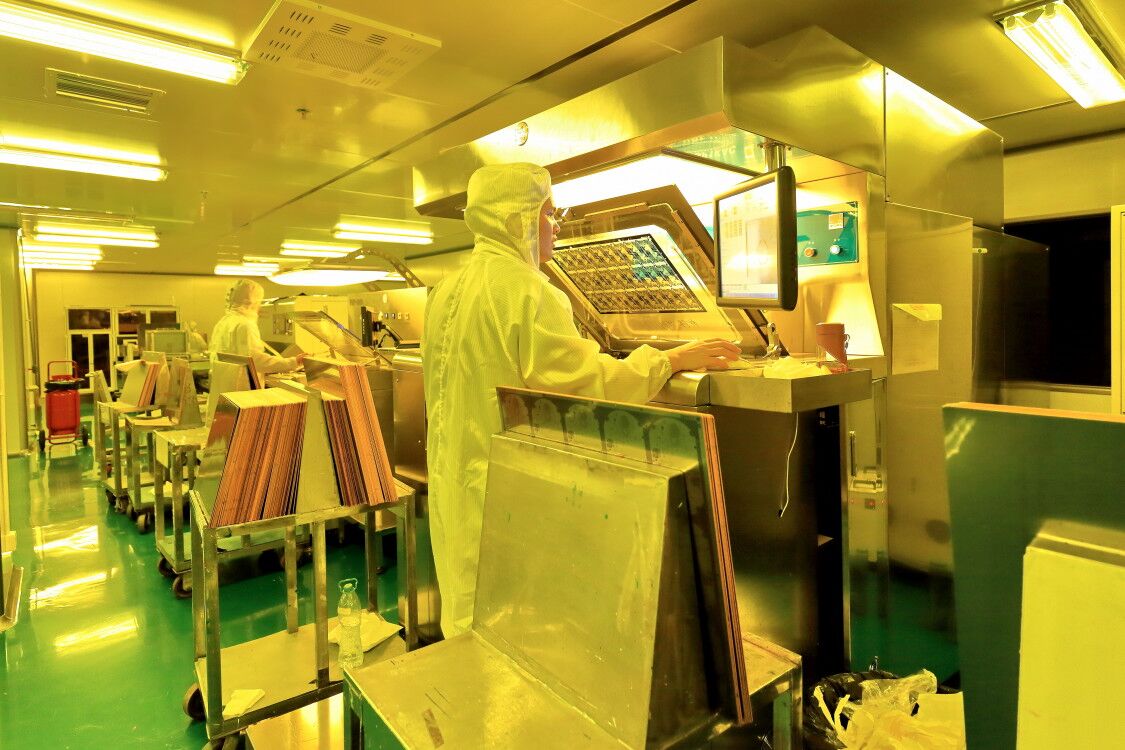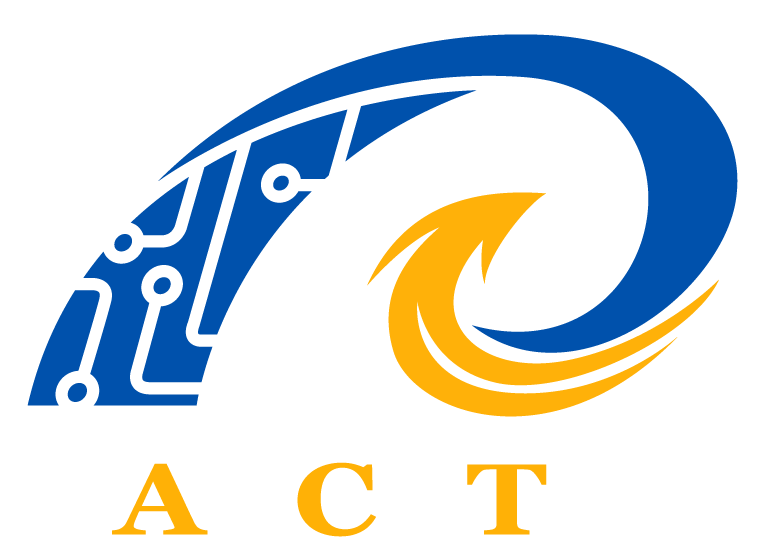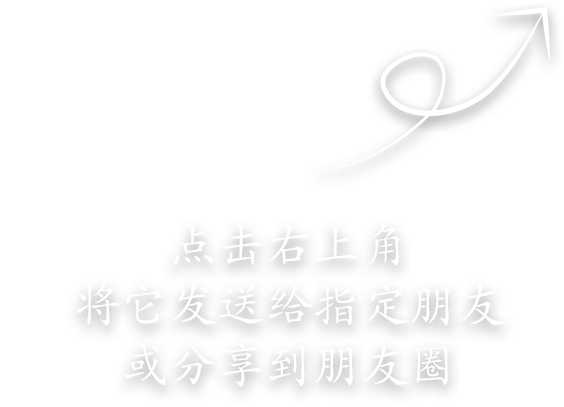The application of FPC will become increasingly widespread in the future, and FPC will also be "thinner, more durable, more accurate and more extensive",
1. Extreme thinning: A breakthrough in the 0.1mm ultra-thin lamination process has increased the internal space utilization of smartwatches by 30%.
2. Dynamic durability: Over 100,000 times of bending life + self-healing coating technology, supporting the life cycle requirements of foldable screen phones;
3. High-frequency transmission: The lossless transmission of 5G millimeter-wave/vehicle-mounted radar signals relies on the precise impedance control capability of FPC.
4.Wide applicated: From consumer electronics to the sky and the sea:
Consumer electronics: In the camera module of flagship mobile phones, FPC replaces the wiring harness, reducing the weight by 50%.
Smart healthcare: Flexible biosensors achieve real-time collection of vital sign data through FPC.
Deep space exploration: Spacecraft folding solar panels rely on special FPCS that can withstand extreme temperature differences.
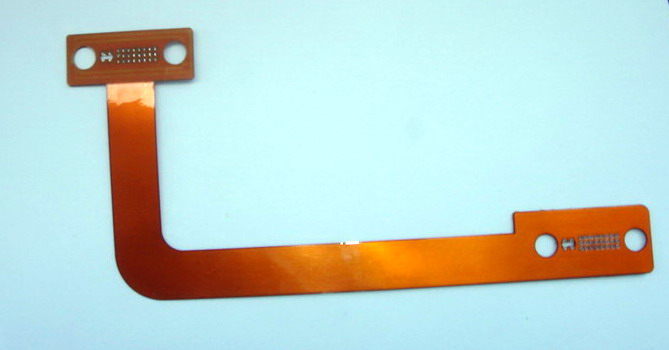
Despite the surging demand for FPC, mass production still faces three major challenges:
1.The strict requirements for etching accuracy of micron-level circuits;
2. Stability of peel strength between PI substrate and copper foil;
3. Signal integrity control in high-frequency scenarios.
In this regard, do you have any good suggestions to deal with the challenges in the development process of FPC?
#FlexPCB #FlexBoard #FPCManufacturing #RigidFlexPCB #AutomotiveFPC #MedicalFPC
